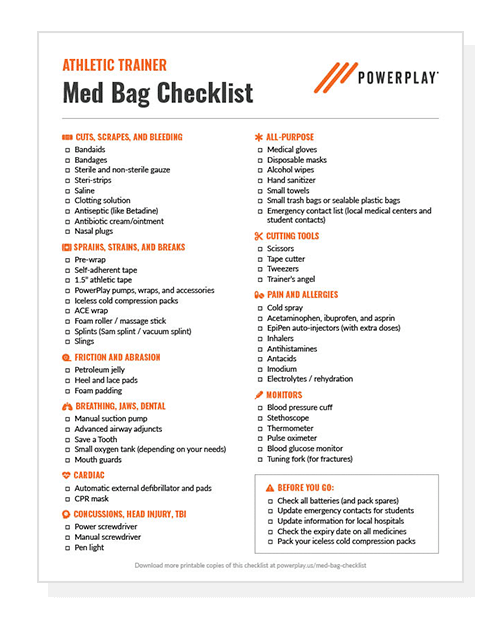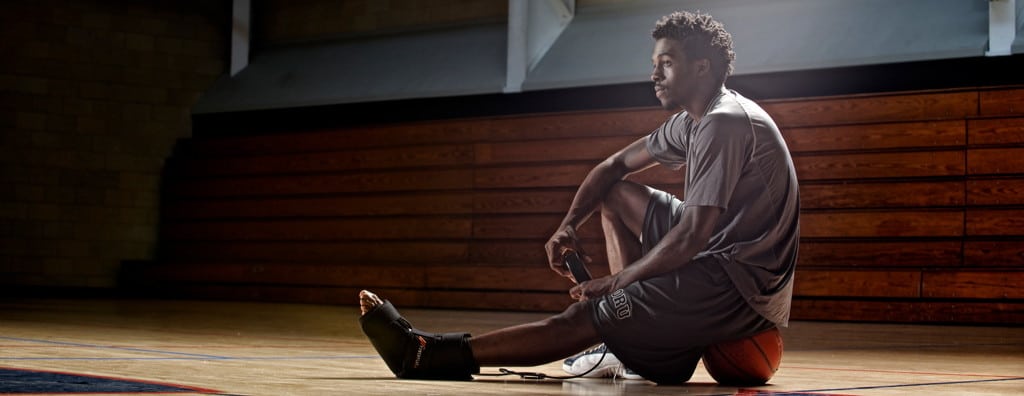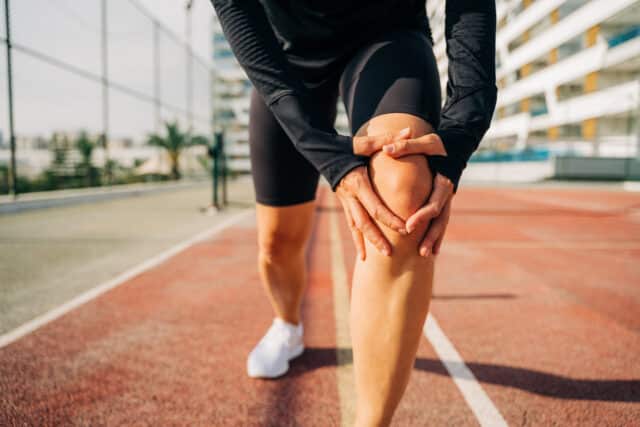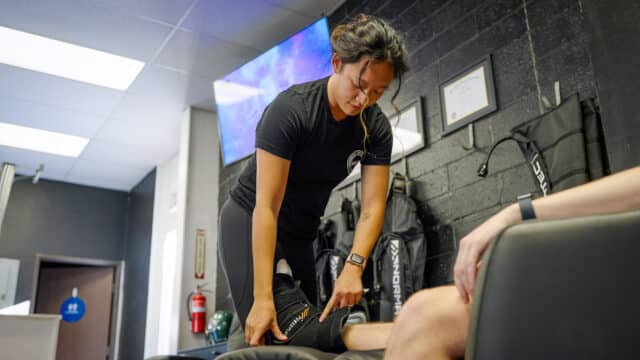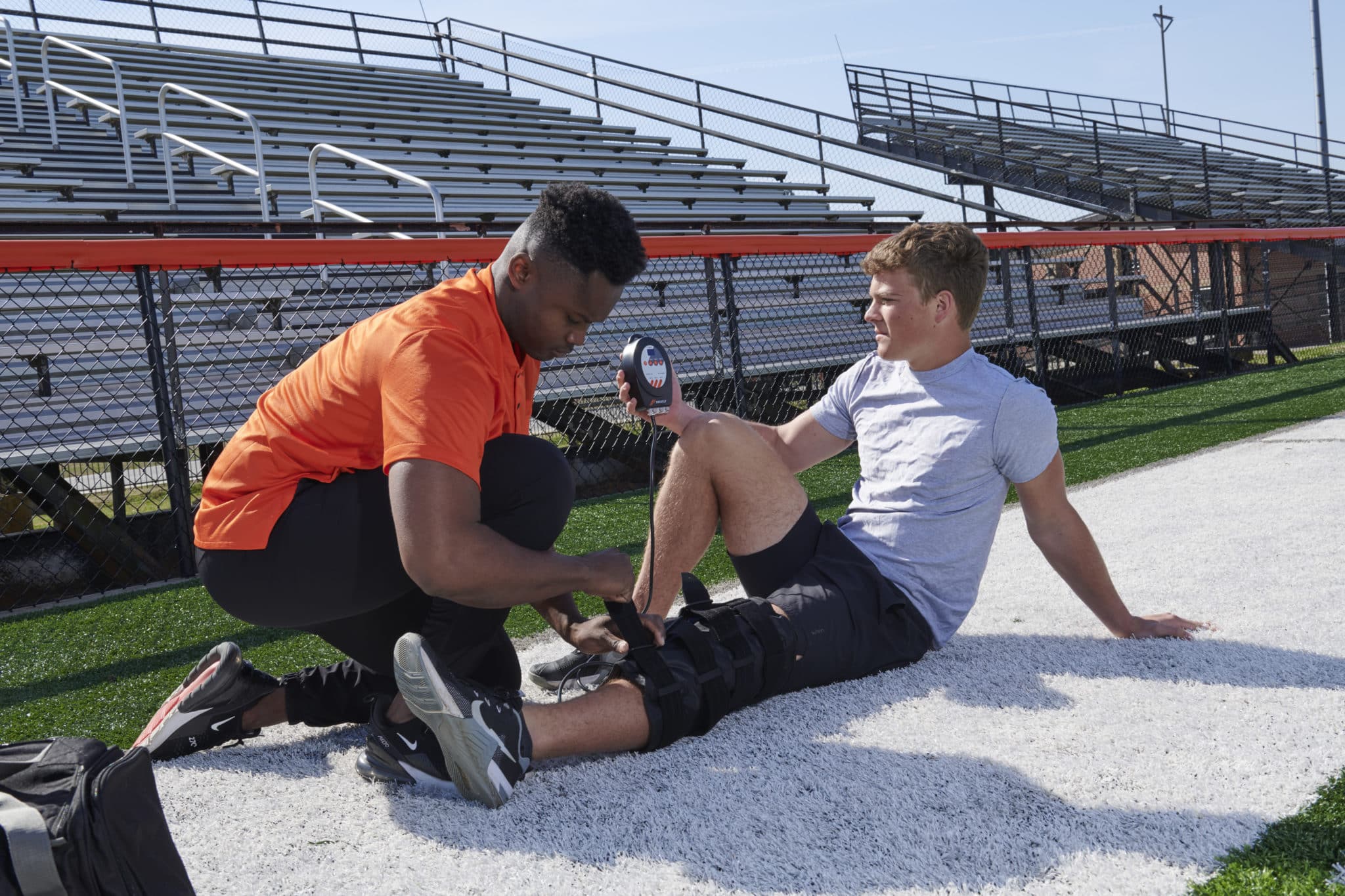Download our free Med Bag Checklist
Every athletic trainer lives and breathes by what is in their med bag on the sidelines. This everyday tool is something your team depends on and should have the supplies to treat almost any sideline injury. We have developed a free med bag checklist that can help all athletic trainers make sure their kits are fully stocked during the busy season.
With any sport and any age group, athletic injuries are cannot be completely avoided. Learn more about common athletic injuries here.
During the season, it is hard to keep your med bag fully stocked at all times. With the the amount of travel, use of products, and busy schedules of competing, practicing, and training it is easy to forget things. This is why we’ve compiled a digital list of items athletic trainers must keep in their training bags. This is a quick and easy reference for trainers on the go.
Fill out the form below and our Free Med Bag Checklist will be delivered to your inbox.
What should you pack in your athletic trainer medical bag?
Here are some things we have included on our digital checklist:
Cuts, Scrapes, and Bleeding
Scratches and falls happen on any court or field. This is probably the most common thing that athletic trainers will quickly treat on the sidelines. While most of these injuries will be mild, the range of injuries that can cause bleeding can be serious.
Sprains, Strains, and Breaks
Again, it ranges in severity. But sprains, strains, and breaks are synonymous with sports. Athletic trainers are often treat these injuries. But, it’s important to have the right supplies ready to go when an athlete does experience a sprain, strain, or break.
Friction and Abrasion
While not a major injury, friction and abrasions can be annoying for athletes. Having the right ointments on hand to help players be relieved from pain and perform their best.
Breathing, Jaws, and Dental
On a more serious note, gear such as a suction pump and oxygen could save a life. Trainers who work in high-contact sports such as boxing, hockey, or lacrosse need to have dental equipment on hand.
Cardiac
According to the American Heart Association, the leading cause of death during athletic events is arrhythmia resulting in sudden cardiac arrest. The sports most at risk for a cardiac incident are those playing basketball or football.
Concussions, Head Injuries, TBI
If you think an athlete has a head injury, it’s important to remove their helmet without adding an extra injury. Keep tools on hand that can safely remove masks or helmets.
All Purpose
Simple items such as medical gloves or tape can be used for prevention, injury, or recovery. But, because these items are used so often, it’s good to double-check to make sure everything is stocked before each athletic event.
Cutting Tools
From removing obstructing gear to cutting athletic tape, it’s good to have a few different types of scissors on hand.
Pain and Allergies
Over-the-counter medications to help with allergies or headaches can help athletes perform at their best.
Monitors
It’s not only important to pack things like blood pressure cuffs or thermometers, but also make sure items are have a full charge, have extra batteries, and all necessary components are in the bag.
Before You Go
Your pre-game prep should include more than the physical items in your bag. Before you go, make sure to update your emergency contacts for athletes and hospitals. Check all batteries and expiration dates on your medicines… and remember to pull your iceless gel packs out of the freezer!
Download Our Med Bag Checklist
Never forget anything on the sidelines with our free med bag checklist for athletic trainers.
"*" indicates required fields
